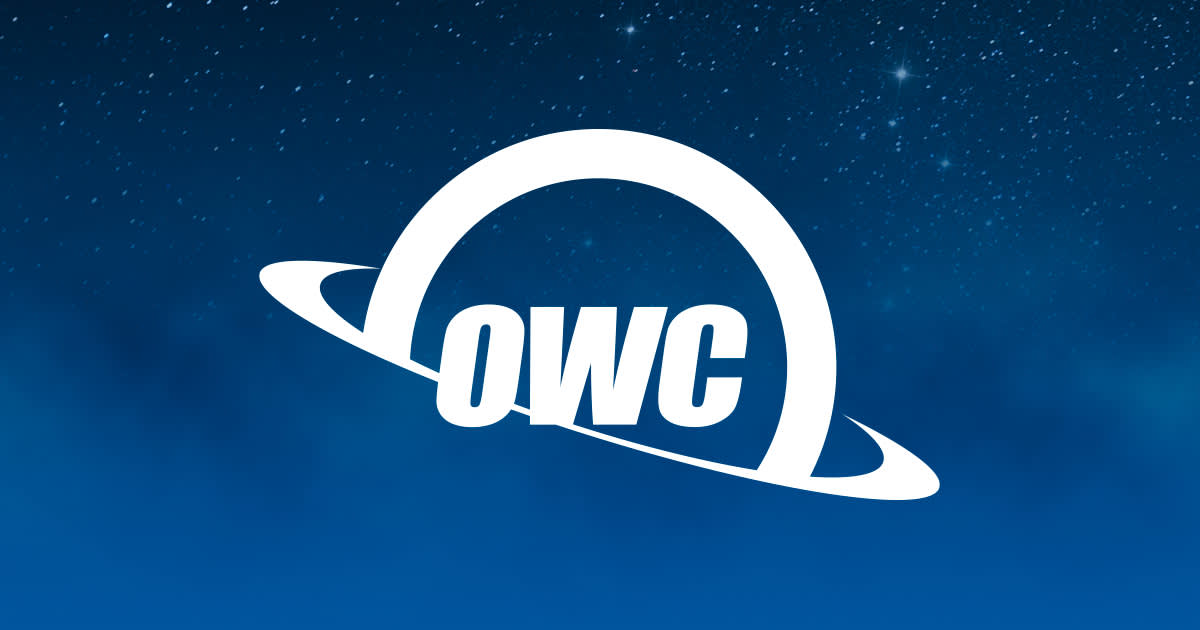Montanawildlives
Senior Member
- Messages
- 2,220
- Solutions
- 1
- Reaction score
- 2,190
OK, it took me 30 years, but I'm abandoning Windows/Microsoft and going all in with Apple. I've been loving my ipad for the past week, the Mac Air (M2) is arriving today, and, the reason for my post today, I'm about to order a Mac Studio. I have a few questions about storage speed, placement, etc. I know very little about the Apple ecosystem, so please don't assume that I know even the basics.
I will likely get the $1999 base Mac Studio with the M2 Max, 32 GB RAM, and 512 GB SDD. I will need much more storage, and of course there are several options. I could pay an extra $1200 for a 4TB internal SSD. I'd rather not.
Option 2 would be use external SSDs plugged into the Thunderbolt 4 slots in the back of the Studio. I currently have about 1 TB of photos and I am very meticulous about culling images, so this 1 TB is the accumulation of 8 years of wildlife photography (where I routinely come home with thousands of pictures, only 20 or so survive). I would probably get a 4 TB external drive.
I will keep my LR catalog on the internal SSD.
I saw this on Amazon:
Amazon.com: Super Thunderbolt 3 Dock for Mac Studio&Mac Mini, Dock Station with Dual NVMe Slot (Up to 2800Mbps),4X USB 3.1 Port(10Gbps), CFexpress/TF/SD Card Readers,Support Daisy Chain (up to 5 Unit) (Silver) : Electronics
and it looks pretty sweet. It has a UHS-II SD card reader and a CF Express reader (I use both types of cards). It has two NVME slots: "2x NVMe Slot (NVMe1 Slot supports PCI-e Gen3, NVMe2 Slot support USB3.1 Gen2)" The first is rated (by them) at 2800 MB/s, the second at 950 MB/s.
So, I could put my photos on a 4 TB NVME like this:
https://www.amazon.com/WD_BLACK-SN8...31&sprefix=pcie+nvme+m.2+4tb+w,aps,182&sr=8-3
And then use the other, slower NVME for my Time Machine or other backup, with a second (possibly cheaper, slower) NVME drive.
In addition to saving a bunch of money (over upgrading the Studio to 4TB), I would have removable/replaceable drives in case of any problems or future upgrading.
I am not TOO demanding; I never do any video at all; the most demanding thing I do is use LR's AI denoise, usually one photo at a time, and my current PC (i7, 32 GB RAM, 3070 Ti) takes maybe 10 seconds to return the result. I also do stacking in Helicon of maybe 50-100 photos, and the current PC takes about 30-60 seconds to do the stack, another minute to save, export, and return the result to LR.
If my photos are on the fast external NVME PCIE, will I take much of a speed hit on AI denoise or stacking versus paying Apple the extra $1200 for the 4TB internal drive?
What am I missing? Any other advice?
Thanks!
I will likely get the $1999 base Mac Studio with the M2 Max, 32 GB RAM, and 512 GB SDD. I will need much more storage, and of course there are several options. I could pay an extra $1200 for a 4TB internal SSD. I'd rather not.
Option 2 would be use external SSDs plugged into the Thunderbolt 4 slots in the back of the Studio. I currently have about 1 TB of photos and I am very meticulous about culling images, so this 1 TB is the accumulation of 8 years of wildlife photography (where I routinely come home with thousands of pictures, only 20 or so survive). I would probably get a 4 TB external drive.
I will keep my LR catalog on the internal SSD.
I saw this on Amazon:
Amazon.com: Super Thunderbolt 3 Dock for Mac Studio&Mac Mini, Dock Station with Dual NVMe Slot (Up to 2800Mbps),4X USB 3.1 Port(10Gbps), CFexpress/TF/SD Card Readers,Support Daisy Chain (up to 5 Unit) (Silver) : Electronics
and it looks pretty sweet. It has a UHS-II SD card reader and a CF Express reader (I use both types of cards). It has two NVME slots: "2x NVMe Slot (NVMe1 Slot supports PCI-e Gen3, NVMe2 Slot support USB3.1 Gen2)" The first is rated (by them) at 2800 MB/s, the second at 950 MB/s.
So, I could put my photos on a 4 TB NVME like this:
https://www.amazon.com/WD_BLACK-SN8...31&sprefix=pcie+nvme+m.2+4tb+w,aps,182&sr=8-3
And then use the other, slower NVME for my Time Machine or other backup, with a second (possibly cheaper, slower) NVME drive.
In addition to saving a bunch of money (over upgrading the Studio to 4TB), I would have removable/replaceable drives in case of any problems or future upgrading.
I am not TOO demanding; I never do any video at all; the most demanding thing I do is use LR's AI denoise, usually one photo at a time, and my current PC (i7, 32 GB RAM, 3070 Ti) takes maybe 10 seconds to return the result. I also do stacking in Helicon of maybe 50-100 photos, and the current PC takes about 30-60 seconds to do the stack, another minute to save, export, and return the result to LR.
If my photos are on the fast external NVME PCIE, will I take much of a speed hit on AI denoise or stacking versus paying Apple the extra $1200 for the 4TB internal drive?
What am I missing? Any other advice?
Thanks!

